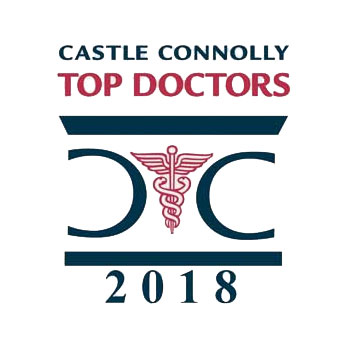A Comprehensive Guide to Pelvic Organ Prolapse Treatment and Effective Management
Discover the essential insights into Pelvic Organ Prolapse (POP), a common yet often overlooked condition affecting many women. In this comprehensive guide, we'll delve into the causes, symptoms, and a range of effective treatment options for pelvic organ prolapse (POP), promoting awareness and proactive healthcare.
What is Pelvic Organ Prolapse:
Pelvic Organ Prolapse occurs when weakened pelvic floor muscles allow organs like the bladder, uterus, or rectum to protrude into the vaginal wall. This blog serves as your go-to resource for demystifying POP and gaining crucial insights into prolapse treatment and management.
Causes of Pelvic Organ Prolapse:
- Pregnancy and Childbirth: Learn how the strain on pelvic floor muscles during pregnancy and childbirth heightens the risk of prolapse.
- Age: Explore the impact of natural aging processes on pelvic floor muscles, making older women more susceptible to prolapse.
- Menopause: Understand how hormonal changes during menopause contribute to pelvic tissue weakening and the development of prolapse.
- Chronic Conditions: Discover the link between persistent conditions like chronic coughing or constipation and an increased risk of prolapse.
Identifying Prolapse Symptoms:
Gain valuable insights into recognizing pelvic prolapse symptoms early on for prompt intervention and effective management. Prolapse symptoms include:
- A noticeable bulge or lump in the vaginal area.
- Discomfort or pain during sexual activity.
- Sensations of pressure or heaviness in the pelvic region.
- Issues with urination, such as incontinence or difficulty emptying the bladder.
- Constipation.
- Back pain.
Treatment Options for Pelvic Organ Prolapse:
- Pelvic Floor Exercises (Kegels): Explore the effectiveness of Kegel exercises in strengthening pelvic floor muscles, providing relief from symptoms, and preventing prolapse progression.
- Pessaries: Understand the benefits of using pessaries, removable devices inserted into the vagina to support pelvic organs, particularly effective for mild to moderate cases.
- Surgery: Learn about surgical interventions, including vaginal, laparoscopic, and robotic procedures, recommended for severe cases or when conservative methods prove insufficient.
- Lifestyle Changes: Discover the positive impact of lifestyle changes, such as maintaining a healthy weight, quitting smoking, and avoiding heavy lifting, in managing and preventing prolapse.
Empowering Women Through Awareness:
Uncover the importance of open conversations and awareness about pelvic organ prolapse. By understanding pelvic organ prolapse and initiating discussions with healthcare providers, women can take proactive steps towards effective management and prevention.
Take Charge of Your Pelvic Health:
Empower yourself with knowledge and explore personalized treatment plans. If you suspect POP symptoms, don't hesitate to seek guidance from your healthcare professional. This blog aims to elevate awareness, promote proactive healthcare, and empower women in their journey towards optimal pelvic health.

























